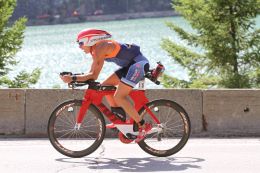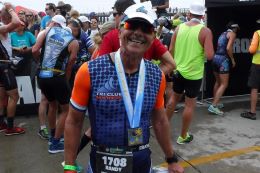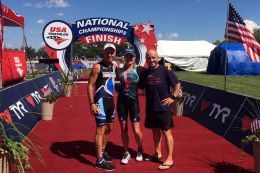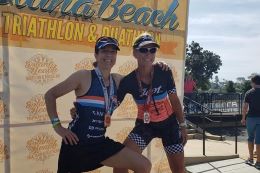A Quick history
The first triathlon took place in San Diego in 1974. It was a birthday celebration for a member of the San Diego Track Club. Lots of the runners in that group were also comfortable in the water (surfers and lifeguards) who had some sort of bike (beach cruisers and road bikes). The course had several run and swim legs and a single bike leg that toured Mission Bay.
Fast forward four years to the first ironman competition on Oahu in 1978. That event was the culmination of a debate over who was the fittest athlete: The Swimmer (2.4mi Waikiki Rough Water Swim), the Cyclist (112mi Around The Island Bike Race) or the Runner (26.2mi Honolulu Marathon). The only way to settle the debate was to do all three in one day. Luckily, John and Judy Collins had been a part of San Diego's first triathlon in 1974. They organized the race and called it "Ironman".
Many years and many mile later, Triathlon debuted as an Olympic sport in the 2000 Sydney Olympics. Today there are over 150,000 USA Triathlon annual members, we’ve seen year-to-year growth of 55% and the sport is growing.
Read more about TCSD's beginnings HERE.




